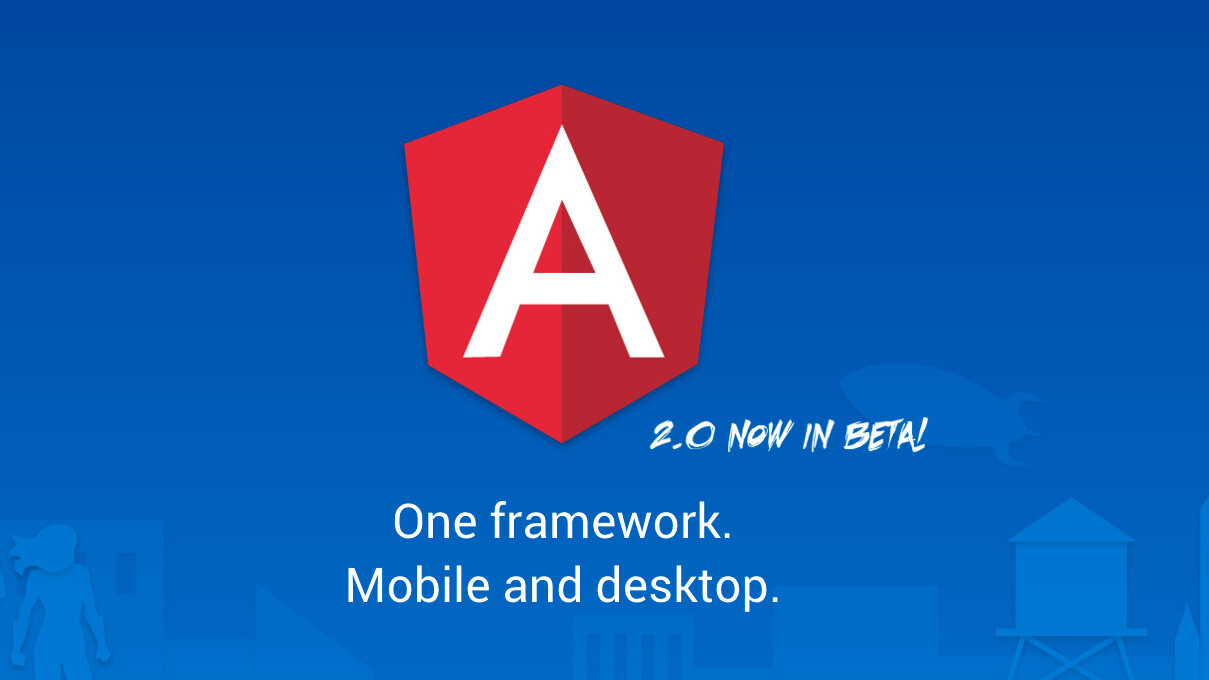
The first version of Angular was a big deal for the Web. When it was first previewed in 2009, it was an impressive framework that offered the ability to build complex single page applications in the browser.
Now, six years on, it’s reached version 2.0 and entered a new era after a long development cycle. Angular 2 brings dramatically improved speed, wider browser support and cross-platform development.
Angular Universal, a new feature in 2.0, is aimed at reducing wait time while the application is loading by pre-rendering the first view on the server, which is then sent to the visitor while loading the site.
In terms of performance, Angular 2 focuses on change detection so that it works across low memory devices such as mid-range smartphones, ensuring performance is as good as what would be expected from a native app.
Perhaps the most interesting part is it also includes a new experimental Web Workers feature that moves all Angular code to a separate Worker instance, which is expected to result in better pause-free performance, live debugging and more.
The framework is now supported in a wider range of browsers including IE 9, 10, 11, Microsoft Edge, Safari, Firefox, Chrome, Mobile Safari and Android 4.1+.
A recent blog post by the Angular team said that if you take the time to learn the update you’ll educate yourself on the fundamentals of what you need to know to build for everything from desktop Web to native mobile apps.
Angular, which is backed by Google, is up against some tough competition. As other framework components like Facebook’s React and Meteor have gained popularity, Angular has lost some of the limelight.
On GitHub, Angular’s repository has 7,328 stars while Meteor has more than 33,000.
Still, there’s never been a better time to learn Angular — something which I’ll be doing, soon.
➤ Angular
Get the TNW newsletter
Get the most important tech news in your inbox each week.





